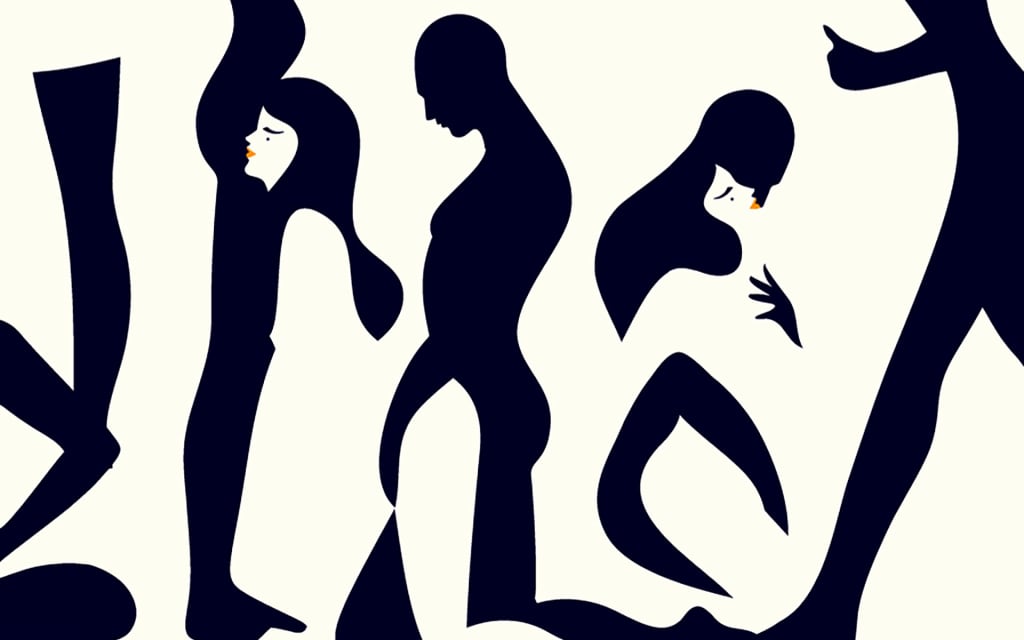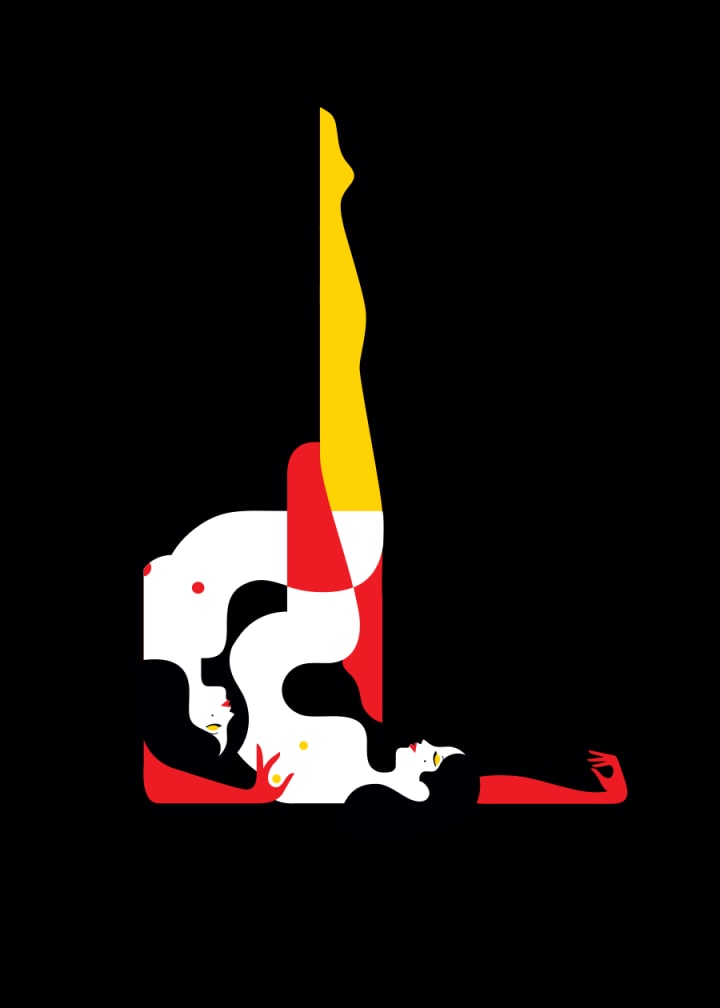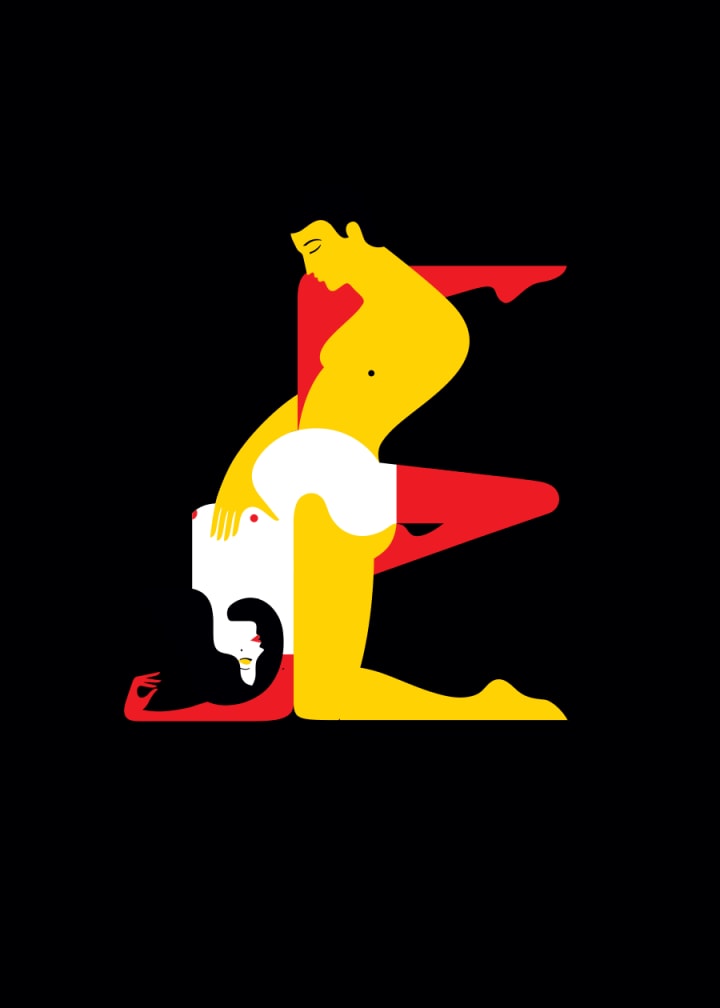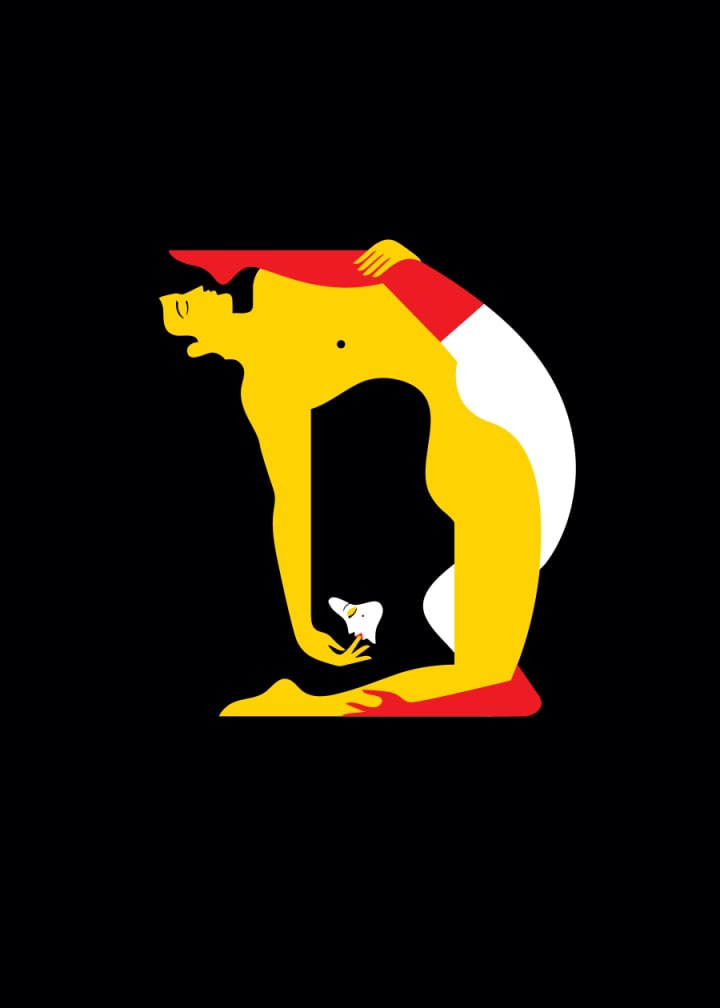History of Kama Sutra
Being open to love is the first step in mastering the Kama Sutra.

The Kama Sutra says there are 64 types of sexual acts. Unfortunately, many women only know the missionary position. Widely regarded as an ancient Indian manual on how to have sex, the Kama Sutra is the original erotic novel. If one was to do a Google search on the term itself, they will find that other than the typical Wikipedia article and a link to purchase the text at Amazon, everything is in reference to sex. In fact, it will be regarded as “the sex guide par excellence.” Those that are curious enough will even be able to find a list of sexual positions to try, but only if you’re able to get your body to bend like a yogi. However, despite what some might think, Kama Sutra is not just about sex.
According to the history of the Kama Sutra, the original text was written in Sanskrit. Kama translates to desire and is one of the four pillars of Hindu life. Sutra literally translates as thread and is generally taken metaphorically to refer to an aphorism, rule or formula or collection of them. Therefore, when combining Kama Sutra, it becomes a collection of brief lessons on how to enjoy life and contrary to popular opinion. Because of that, those lessons are not exclusively sexual in nature and instead covers several categories of what might be considered ethical and gracious living.
Originally compiled sometime between 400 BC and 200 BC, the authorship of the Kama Sutra is credited to Vātsyāyana, a philosopher of the Vedic tradition. In the preface, Vātsyāyana insists he is simply compiling his own book of rules from those set down by others. According to most translations, the Kama Sutra is divided into seven parts, each compiled from a different original author, and each one covers a different topic.
The Kama Sutra begins with five chapters of general remarks. Rather than discuss specific things like sexual positions, it discusses general behaviors of people who are trying to live an ethical and gracious life. In particular, three things are discussed. These include, the acquisition of knowledge, the conduct of a well-bred individual, and some reflections on the kinds of people who can assist in living this life.
It is through these three ideologies, that the ten chapters of the Kama Sutra were built upon. Although the text discusses the sixty-four different kinds of sexual acts, this is only a small part of what the text represents.






One of the most interesting sections of this sacred book is the third section that details what it takes to acquire a wife. This is not done in terms of sex or seduction, but something more along the lines of wooing the woman or, as the Vedic society did, which was severely patriarchal, was to convince the woman’s father to assent to the marriage. It continues, however, to cover aspects of maintaining a successful marriage.
In the fifth section, the Kama Sutra address the issue about relations with other men’s wives. It discusses how men should behave around other men’s wives and how other men’s wives should behave around men. It discusses finding an appropriately discrete go-between because it wouldn’t do to cause a scandal. It discusses the rights and privileges of the king in regards to lesser men’s wives. And, of course, it discusses appropriate behavior while in the woman’s chambers.
The sixth section is about lovers. Not what they do in bed, but all aspects of finding one, including the types of people who can help you find a long-term lover. It discusses how this relationship can be financially profitable, and even how to reconnect with a former lover.
The final portion of the manuscript discusses improving your physical attractions, how to make yourself appear more attractive to the opposite sex, and how to awaken sexual power. It is rather easy, then to see where the Kama Sutra gets its reputation. It is not simply people’s more prurient interests coming to the fore—though that is no doubt a factor—but much of the rest of the text is concerned with figuring out where, when, and with whom one can practice the second section. That said, the mindset behind the manuscript believes in following the four goals of Hindu life. Kama or desire is but one of them, and not the most important one. The most important is Dharma or virtuous living, followed by Artha which refers to material prosperity and taht desire should only be pursued when the other two are met.
It should also be noted that while the Buddha preached a version of something he called the Kama Sutra, he was referring to a very different concept indeed. The manuscript that has been discussed in this article is all about virtue and pleasure. The Buddha’s version while discussing a similar topic treated it in a very different way. The Buddha was concerned more about warning against the dangers of seeking physical—not just sexual—pleasure and how they could distract from the pursuit of seeking enlightenment.
Like most ancient texts, the Kama Sutra is often misunderstood and misrepresented by those who have not studied it. While one can see where it got that reputation, and while one would have certain reservations about using some of its advice—particularly in the areas of multiple wives and the courting of married women—it has more to offer than just kinky sex positions. It is a text that reveals much about an ancient society, what they believed about wealth, what they believed about behavior, and what they believed about love and pleasure.
Because of this desire to obtain both love and pleasure, the Kama Sutra positions were created. All of these sex positions require the two people to be closely connected, physically and mentally. This allows them to achieve true bliss. One position, The Concealed Door, is considered to be one of the most popular for those that want to explore the intimacy of the Kama Sutra. In this position, the woman lies on her stomach. First, she encompasses her thighs, preparing her to take him up to the hilt. The man, who lies on woman, insinuates himself inside her moisten vagina. Then she draws her legs, letting the man’s thighs to encompass her legs. Deeply anchored in her vulva the man cuddles her, stroking her back, hips and breasts. The woman can contract her vaginal muscles in order to stimulate her lover’s desires even more and she can tune these contractions with the man’s thrusts.
Still in the same position, the man can also penetrate the woman’s anal opening if he knows that she loves anal penetrations. Here the woman should relax her sphincters in the best possible manner. The man has to have full control over the penetration of his penis into the warm and constricted opening, which she offers him with love and trust. This position is proper for raising the sexual energy and sublimation it in pure love. To achieve this elevated emotion – pure love, during this position the lovers have not to concentrate to the genital pleasure, but they have to concentrate their attention to the heart area and become conscious of the flying feeling that this position produces. If the lovers abandon them to the flying feeling they feel that they are immersed in an ocean of pure love.
Untold numbers of readers are curious about the Kama Sutra but put off by its clichéd image as an erotic Oriental curiosity. This elegant edition offers a compelling modern translation of a classic Indian masterpiece-and a wry and entertaining account of human desire and foibles.
About the Creator
Filthy Staff
A group of inappropriate, unconventional & disruptive professionals. Some are women, some are men, some are straight, some are gay. All are Filthy.






Comments
There are no comments for this story
Be the first to respond and start the conversation.